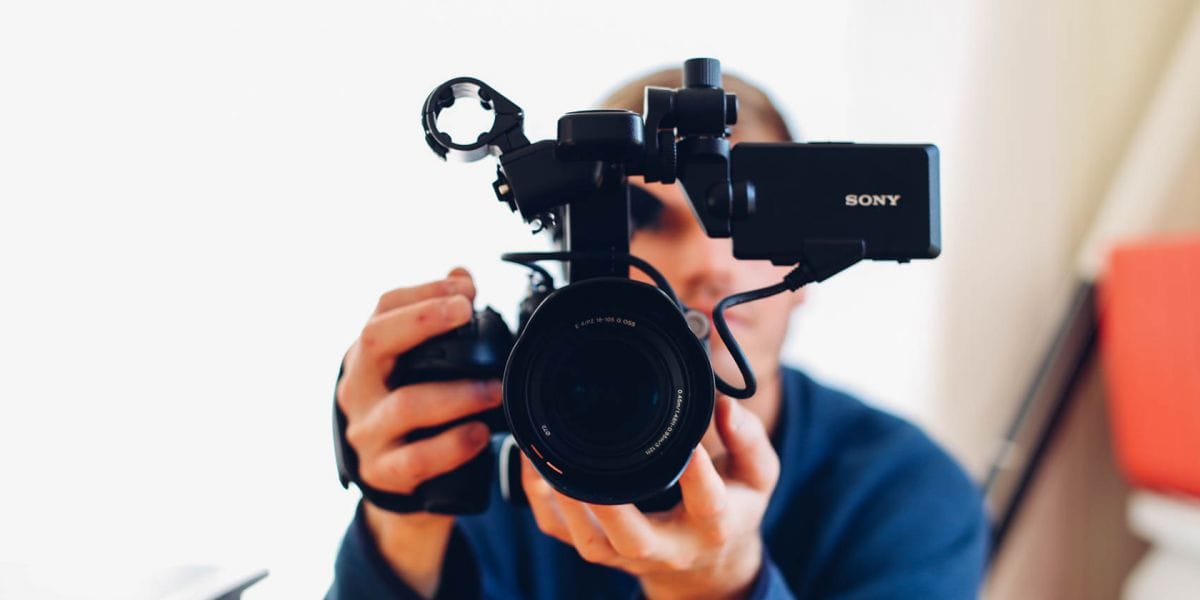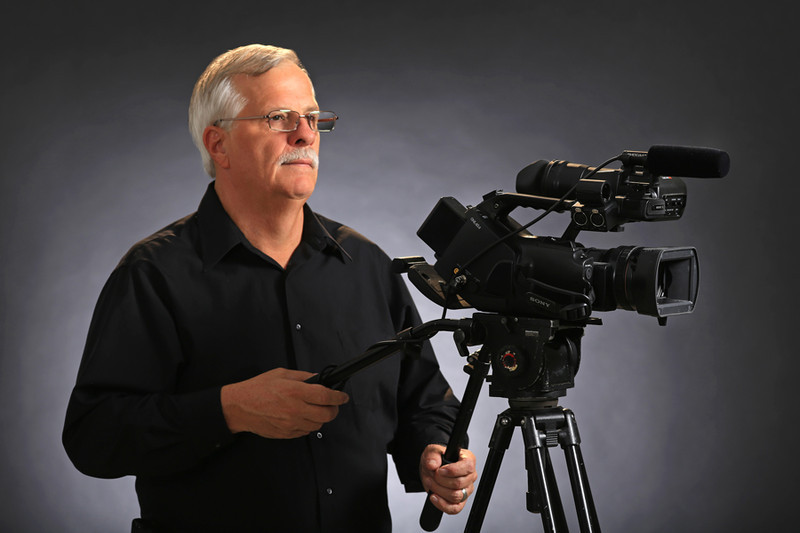The Growing Demand for Legal Videography Services in Legal Matters
The Growing Demand for Legal Videography Services in Legal Matters
Blog Article
Why Lawful Videography Is Vital for Accurate Court Recordings
The duty of legal videography in court room settings can not be overstated, as it serves as an important device for maintaining the stability of court records. The effects of incorporating legal videography into basic court room techniques increase important questions about its broader impact on the lawful system.
Importance of Visual Proof
In the realm of lawful process, the significance of visual evidence can not be overemphasized. Aesthetic proof offers as an effective device in developing facts, supporting testimonies, and improving the total clearness of a case. This type of proof, which consists of photographs, videos, and representations, can supply a substantial context that verbal summaries often do not have, therefore using courts and judges a clearer understanding of the circumstances bordering a case.
Additionally, visual proof aids in the retention of details. Human cognition is naturally aesthetic, and individuals are most likely to keep in mind and understand details presented in a visual layout. In the court, this can be important, as engaging visual evidence can guide opinions and enhance the narrative offered by lawful agents.
Additionally, using aesthetic proof can reduce misconceptions and obscurities that usually arise from spoken exchanges. By offering a direct depiction of events, visual proof assists to remove subjective interpretations and fosters a more unbiased evaluation of the truths. Consequently, the combination of aesthetic evidence right into lawful process not just enhances the integrity of the judicial process but likewise improves the likelihood of accomplishing a just outcome.
Catching Non-Verbal Hints
Utilizing advanced videography methods can significantly enhance the capture of non-verbal hints during legal process. Non-verbal interaction, consisting of face expressions, body movement, and eye contact, plays an essential function in communicating feelings and objectives that may not be explicitly stated in verbal testimony. legal videography. Lawful videography utilizes high-def video cameras and calculated angles to guarantee that these subtle hints are videotaped with quality and precision
The capability to assess non-verbal actions can offer beneficial context to statements made during court sessions. For instance, a witness's reluctance or self-confidence can be analyzed via their stance or motions, possibly influencing the jury's perception of reputation. The use of close-up shots can help focus on a speaker's expressions, permitting for an extra nuanced understanding of the testimony.
Furthermore, integrating multiple camera angles can develop an extensive sight of communications, highlighting characteristics in between parties entailed. This diverse technique not only boosts the accuracy of the court document yet also aids in preserving the honesty of the judicial process - legal videography. Ultimately, catching non-verbal signs with lawful videography fosters a richer, extra full depiction of court room procedures

Enhancing Testimony Reliability
The reliability of statement can be substantially strengthened via using high-quality legal videography. Video recordings act as an objective tool that catches not only the spoken words of witnesses yet likewise the nuances of their shipment, consisting of tone, pacing, and emotional expressiveness. This multifaceted documents gives a clearer understanding of the witness's reliability and intents, which can be crucial in lawful process.
Moreover, legal videography minimizes the possibility for misinterpretations that might arise from written transcripts alone. When jurors can observe a witness's demeanor and body language in conjunction with their testament, they are much better equipped to evaluate the authenticity and reliability of the evidence offered. This visual context can reinforce the testimonial narrative, making it extra engaging and trustworthy.
Furthermore, the visibility of a video recording can prevent potential variances in statement. Witnesses might be more cautious in their statements when they understand they are being tape-recorded, causing more exact and truthful accounts. Generally, high-grade lawful videography enhances the stability of testimony, making certain that the court has accessibility to a total and honest representation of the facts as communicated by the witnesses.
Sustaining Appeals and Reviews
Lawful videography plays an essential duty in sustaining allures and evaluations by providing an extensive aesthetic document of court procedures. This visual paperwork records not just the talked words of witnesses and attorneys however likewise the subtleties of body language, tone of voice, and court characteristics. Such elements can be critical in comprehending the official statement context of statements and disagreements presented.
In the appellate procedure, where the focus is on mistakes of regulation and step-by-step justness, a video clip document can function as an essential device for appellate courts. It allows judges to assess the original trial context, ensuring that decisions are based upon a total understanding of the procedures. The ability to aesthetically assess the demeanor of witnesses or the interactions in between parties can reveal understandings that created records might neglect.

Additionally, legal videography can aid in clearing up ambiguities in statements or procedural rulings, therefore enhancing the basis for an appeal. By offering a dependable, unbiased account of what taken place in court, lawful videography not just supports the stability of the lawful process but additionally equips all events entailed to make educated address choices regarding their situations.
Enhancing Court Processes
Enhancing court room performance, lawful videography improves processes by giving immediate accessibility to aesthetic records of procedures. This technology enables judges, attorneys, and juries to review crucial testament and proof, making certain that all parties have a clear understanding of the instance. By capturing the nuances of spoken and non-verbal communication, videography enhances the record, making it simpler to realize the context and weight of testimonies.

In addition, video clip recordings can help with remote involvement in hearings, enabling higher flexibility in organizing and participation, which is specifically valuable in complicated cases involving numerous stakeholders.
Final Thought
In final thought, lawful videography plays a crucial duty in guaranteeing accurate court recordings by providing essential aesthetic evidence that catches both spoken and non-verbal interaction. This method enhances the dependability of testaments, sustains appellate reviews, and simplifies court procedures. By cultivating a comprehensive understanding of courtroom dynamics, lawful videography inevitably adds to a lot more equitable judicial end results, enhancing the integrity of the legal system and helping with Web Site notified decision-making.
Report this page